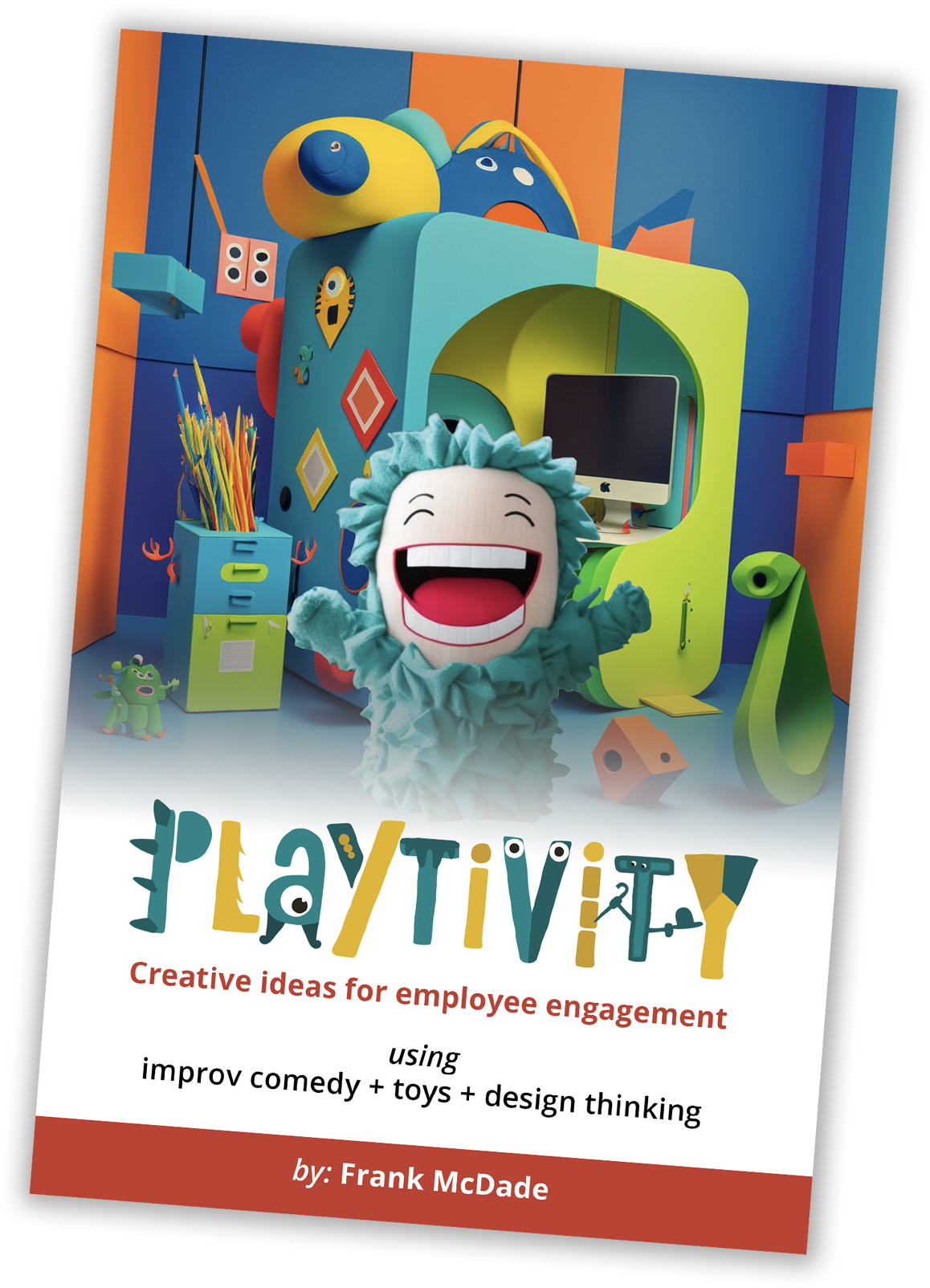Today, we’re diving into the exhilarating world of brainstorming and expanding your comedic ideas. This is where the magic happens—where those initial sparks of inspiration transform into fully fleshed-out premises.
The Brainstorming Process
Once you’ve gathered your observations and insights, it’s time to unleash the floodgates of creativity. Brainstorming is all about generating as many ideas as possible, no matter how silly or far-fetched they may seem. The goal is quantity over quality at this stage! Allow yourself the freedom to think wildly—situations, characters, or events that can be twisted or exaggerated are all fair game.
Spider Mapping
One fun and effective way to brainstorm is through spider mapping. Grab a whiteboard or a large piece of paper, and let’s get started! Choose a central topic (for example, “Titanic”) and write it in the middle of a circle. From there, draw lines to related ideas—“lifeboats,” “icebergs,” “sinking,” etc.—creating a web of connections.
As you spider out, continue to explore broader concepts, eventually honing in on more specific premises or clusters of words. By the end, you may find a complete sentence or two that encapsulates a hilarious idea! This visual representation not only helps you organize your thoughts but also sparks new connections you might not have initially considered.
Comedic Devices to Enhance Your Ideas
When your brainstorming leads to a broader topic, it’s time to explore those ideas using comedic devices. These tools can shift your perspective and help you uncover unique angles for your sketches. Here are a few devices to consider:
“If This Is True, What Else Is True?”
This device encourages you to expand a humorous premise by exploring absurd extensions. If a character fears balloons, what other irrational fears might they have? This simple question can open up a treasure trove of ideas.
Another Perspective
Introducing a different viewpoint can lead to unexpected humor. Consider the situation from the perspective of an inanimate object or a bystander. What would a chair think if it could talk during a dramatic breakup scene? This fresh angle can add depth and hilarity to your sketches.
Contrast and Juxtaposition
Highlighting differences can be a goldmine for comedy. Pair a timid character with a loud, brash one and watch the sparks fly. Juxtaposition can reveal humor in their interactions, making for memorable moments.
Comedic Cuts
Playing with time can yield fantastic results:
- Cut Back in Time: Use flashbacks to reveal how a ridiculous situation originated.
- Cut Forward in Time: Jump to the future to show the exaggerated consequences of the current situation.
Wordplay and Exaggeration
Don’t underestimate the power of language! Explore double entendres, puns, similes, and metaphors to create witty lines. Exaggerate characteristics and actions to an extreme degree—after all, the absurdity is often what makes comedy shine.
Other Fun Devices
Here are a few more comedic devices to experiment with:
- Mistaken Identity: This classic setup can lead to hilarious misunderstandings.
- Understatement and Hyperbole: Play with the seriousness of situations for a contrast that elicits laughter.
- Unlikely Explanations and Scenarios: Present bizarre or improbable situations seriously to heighten the comedy.
- World’s Best/Worst: Claim something is the best or worst in the world and deliver punchlines that don’t quite live up to the hype.
Divergent vs. Convergent Thinking
As you brainstorm, remember to embrace both divergent and convergent thinking. Divergent thinking is all about generating a wide array of ideas—think of it as your brainstorming phase. Convergent thinking, on the other hand, involves narrowing those ideas down to focus on the most promising concepts. Balancing both approaches will ensure you not only think creatively but also develop cohesive and compelling sketches.
With these strategies in hand, you’re ready to dive into the brainstorming process with confidence! Embrace the chaos of idea generation, and don’t shy away from the absurd. In our next post, we’ll explore how to take these brainstormed ideas and shape them into premises. Until then, happy brainstorming!
